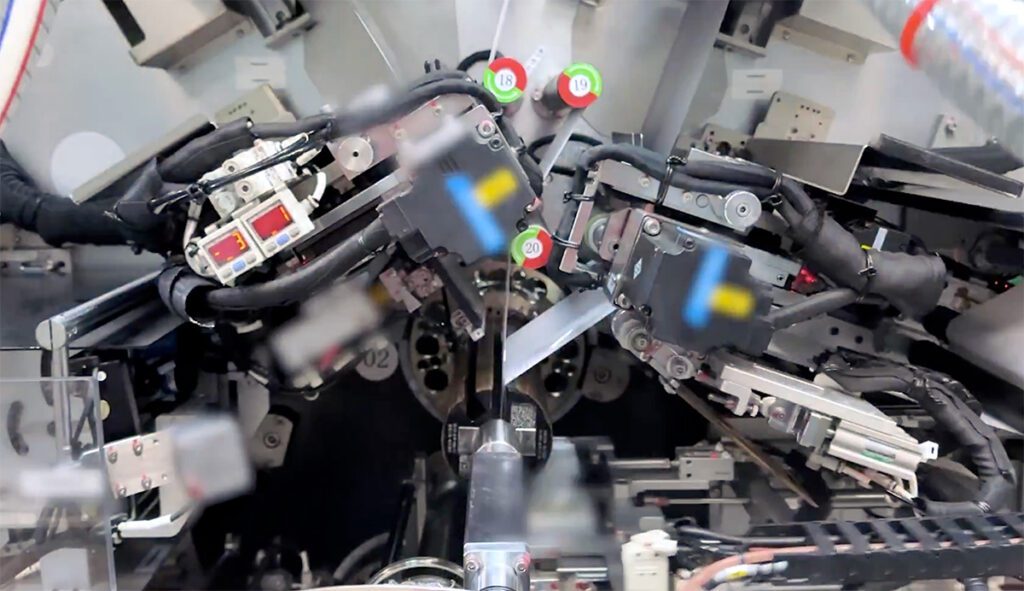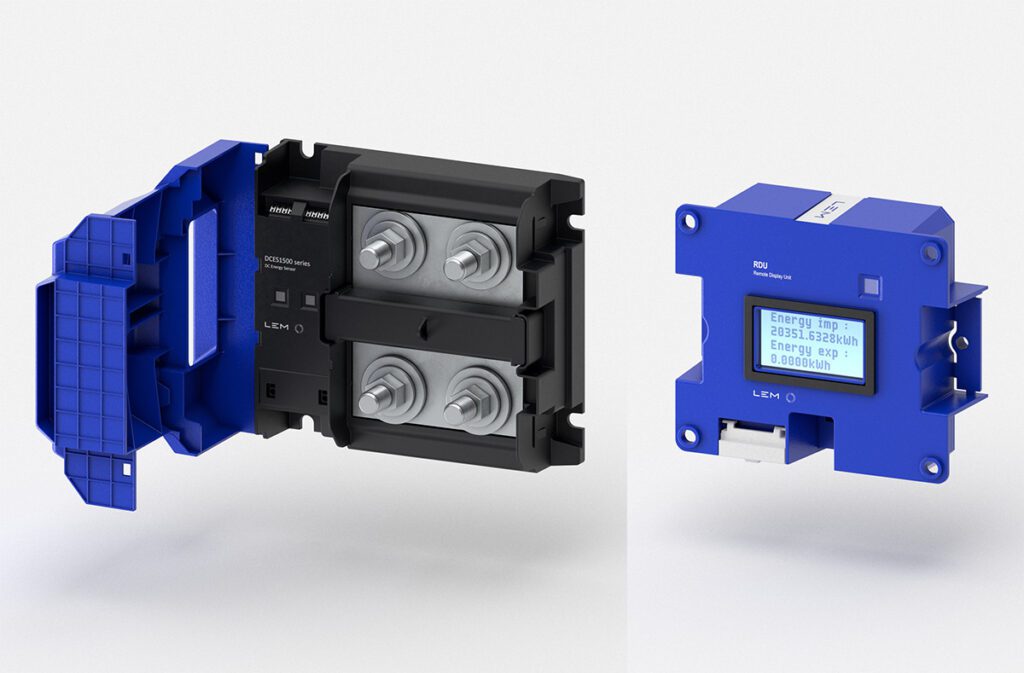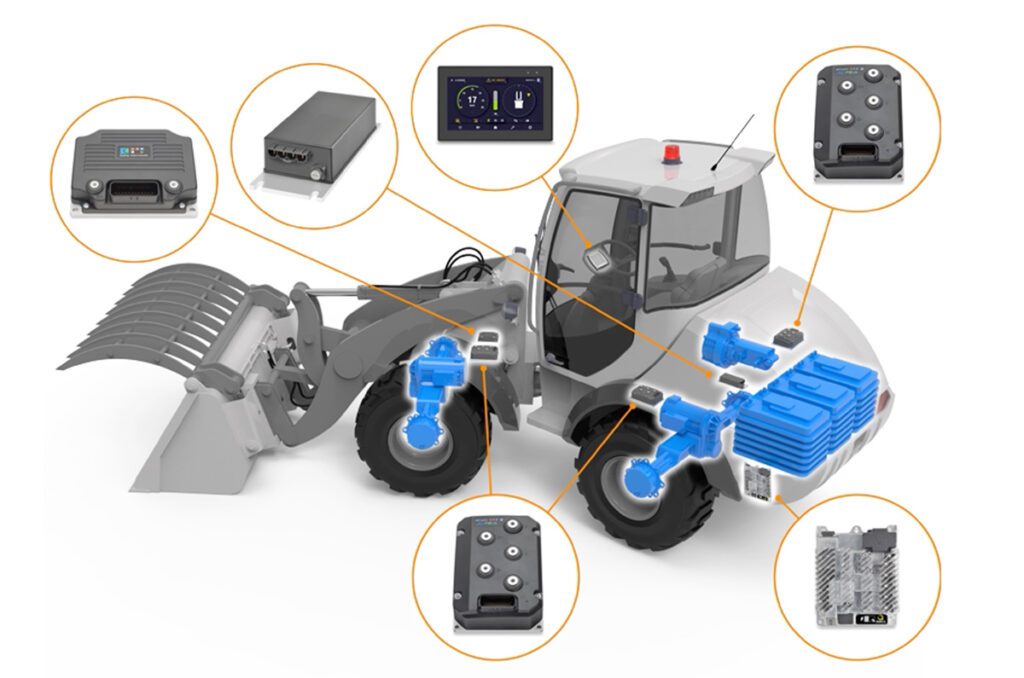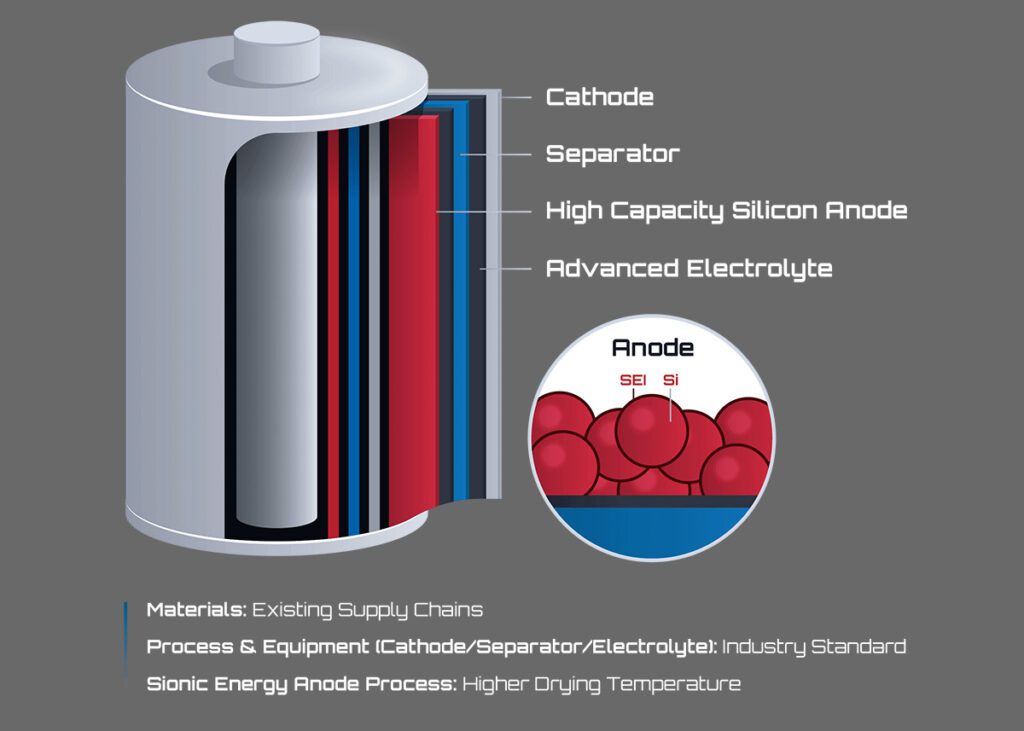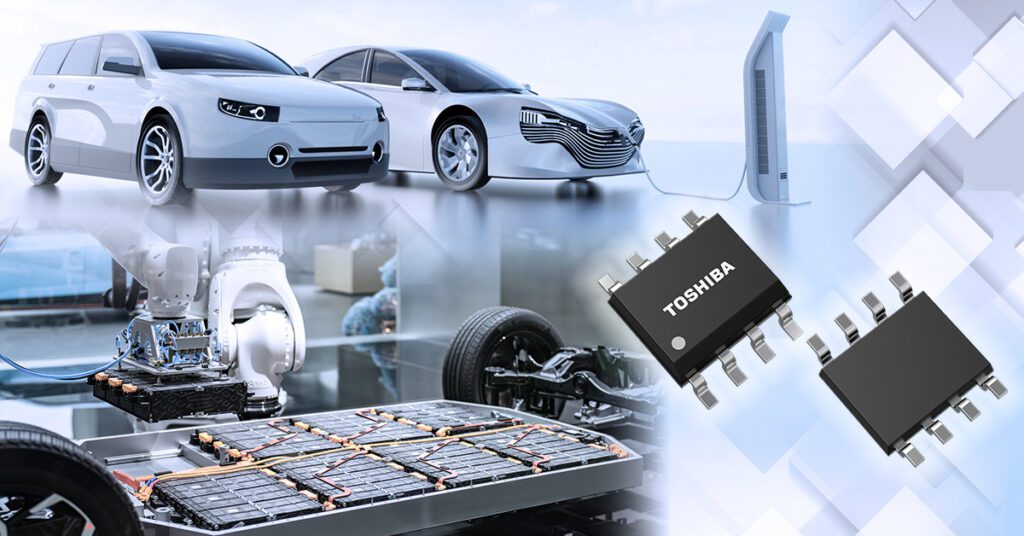Ten years after ArcelorMittal introduced its first S-in motion study for ICE vehicles, the company has released a new set of S-in motion solutions for EVs. The S-in motion online car configurator shows how advanced high-strength steels (AHSS) and smart solutions can be deployed to meet the weight, safety, cost and sustainability performance targets of EV producers.
The configurator includes solutions identified in ArcelorMittal’s latest S-in motion studies in the body-in-white (BIW) and battery pack of electric vehicles. All the solutions have passed extensive assessments including global crash test models, and simulations of forming feasibility and assembly, according to the company.
While weight has been a major consideration for ICE vehicles, it is only now emerging as a consideration for EVs. Jérôme Favero, head of automotive steel solutions at ArcelorMittal, explains: “In the past, weight-saving for BEVs was not really seen as very important, mainly because energy could be recovered during braking. Today, BEV manufacturers are convinced that lightweighting remains a major topic for BIW design.”

OEMs are developing strategies to increase range, often by maximizing the space available for batteries. That limits the space for energy absorption in the case of a crash. “As a result, the anti-intrusion performance of the vehicle’s body sides must be reinforced strongly to protect passengers in a side crash,” says Favero. “The S-in motion Battery Pack study identified MartINsite, a roll-formable martensitic AHSS, as the best and most cost-effective solution for these applications.”
“Steel has the lowest CO2-eq per part compared to alternative materials, including aluminum,” says Frederic Painchault, Head of Marketing and Sustainability at ArcelorMittal. “For the BIW, the CO2 emissions associated with an automotive part made of AHSS are less than half of those of an equivalent aluminum part, and less than a third of a part made from carbon fiber reinforced plastic. In addition, steel is 100 percent recyclable. That means steel will remain the essential material in a sustainable circular economy because of its life cycle analysis (LCA) benefits.”
The steel industry is now looking to build on this advantage. Painchault continues: “ArcelorMittal plans to significantly reduce its global production of carbon dioxide emissions, with the aim of being carbon-neutral by 2050. An interim target for Europe by 2030 is to cut carbon emissions by 30-percent to contribute to the European Commission’s Green Deal.
Source: ArcelorMittal







































